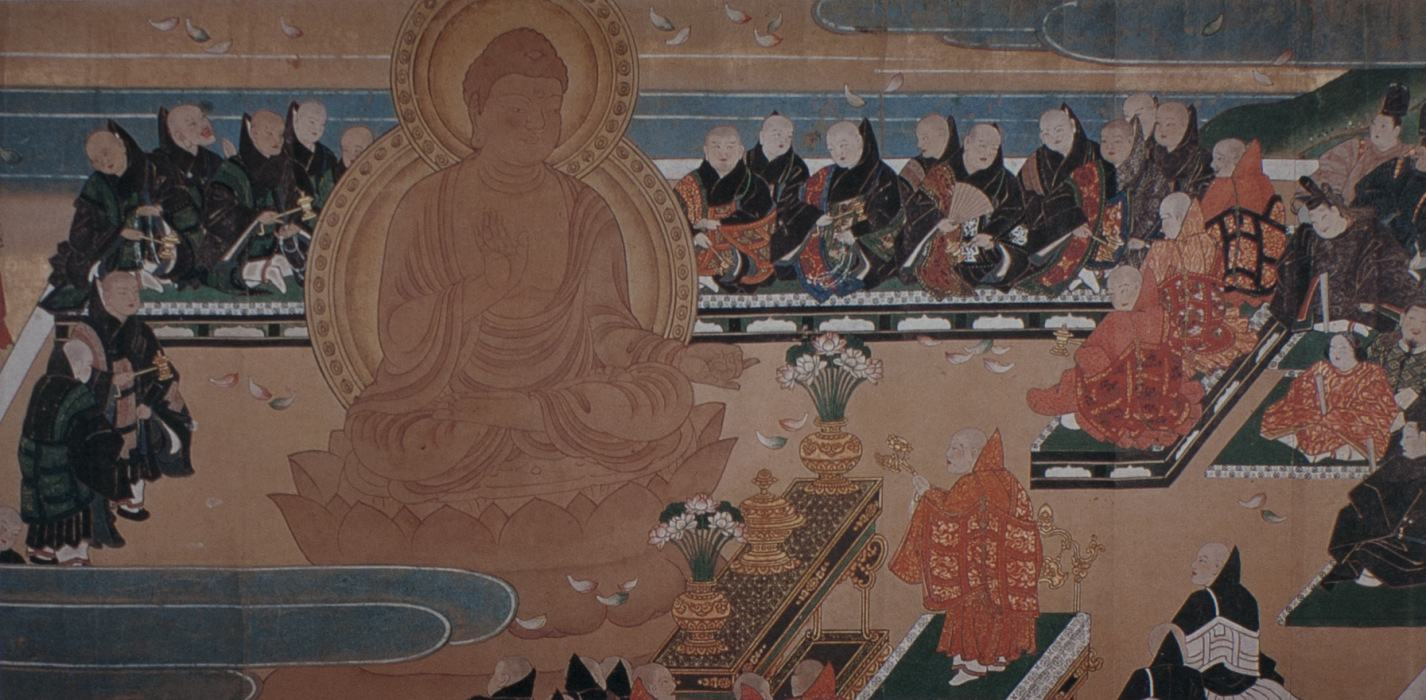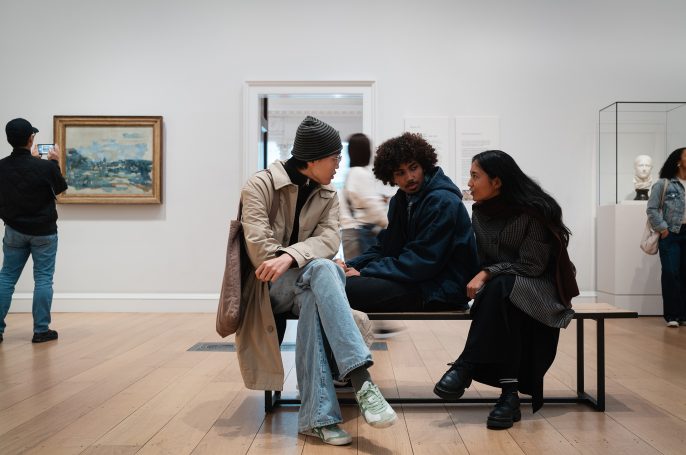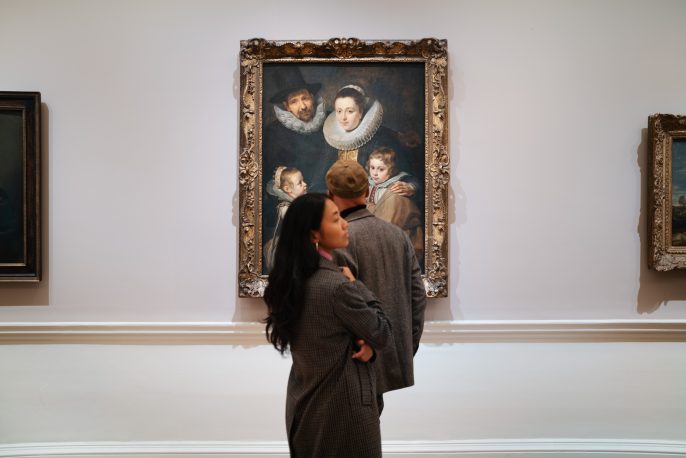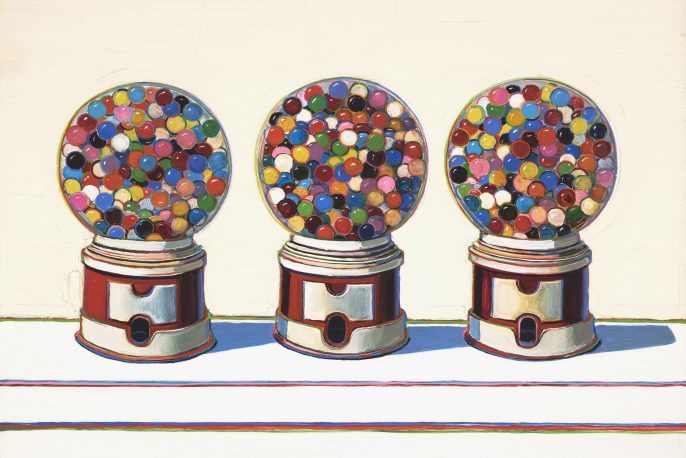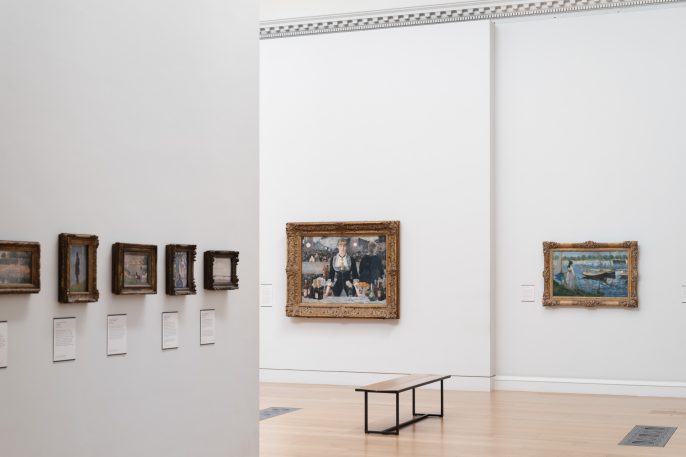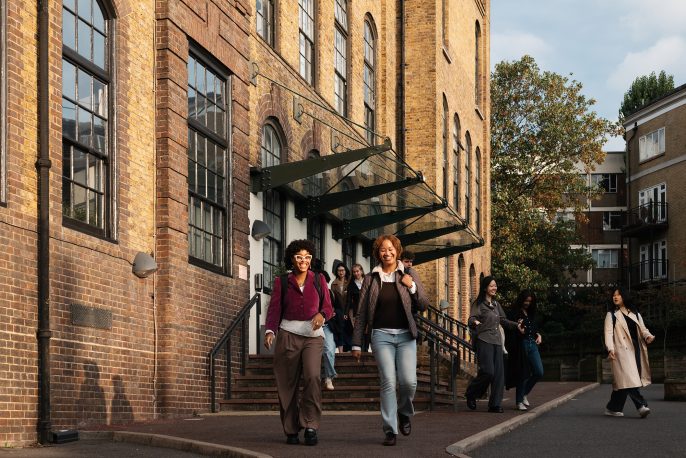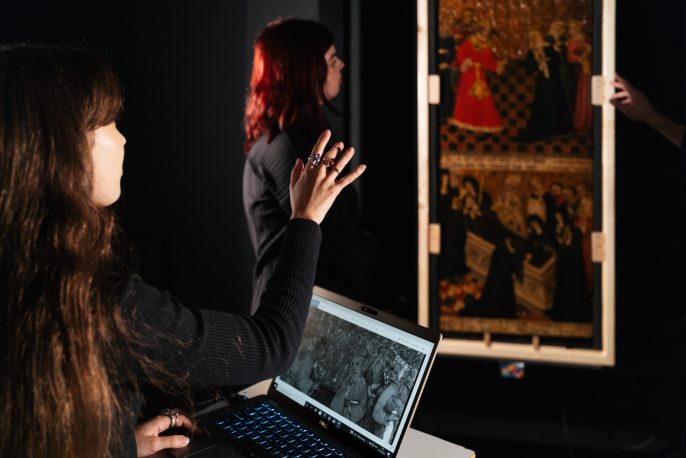In the Japanese Buddhist tradition, statues, scriptures, and other devotional items are not regarded as inert representations but as powerful entities that embody the presence of Buddhas and Bodhisattvas. Whether carved out of sacred wood, activated through ritual manipulations, or enlivened by special words and utterances, Buddhist material culture is thus eminently difficult to dispose of. Thus, in contemporary practice, temples often employ “sending-away” or “soul-extraction” rituals (Jp. hakken shiki 撥遣式; tama nuki 魂抜き) to ritually deactivate objects slated for dismantling, replacement, or disposal. Yet, in the medieval period, references to such disempowering ceremonies are strikingly absent from ritual manuals, despite the abundance of instructions for consecration and installation.
This lecture by Dr Benedetta Lomi will explore how Buddhist institutions of the Heian and Kamakura periods negotiated the challenges of maintaining, repairing, and reusing their icons. The first part examines ritual instructions preserved in medieval collections that emphasize the conservation of sacred material culture, comparing these prescriptions with the structure and doctrinal rationale of the eye-opening (kaigen 開眼) consecration ritual. She argues that while generally performed to activate newly created images, the eye-opening was also repeated after repairs, relocations, or changes in ownership, suggesting that reactivation rather than disempowerment was the dominant paradigm.
The second part turns to historical sources documenting ceremonies for “old Buddhas” and highlight how restoration, reconsecration, and ritual reuse allowed icons to accrue efficacy through time and lineage. These accounts illuminate how the repeated performance of consecration rites effectively stood in for suspension or disposal, embedding icons in cycles of renewal that reinforced their agency and significance.
Dr Benedetta Lomi, is Senior Lecturer in East Asian Religions, University of Bristol. She holds a PhD in the Study of Religions (2011) and an MA in East Asian Art and Archaeology (2005) from SOAS, University of London, and a Laurea Magistralis in Sinology and East Asian Languages and Cultures from Ca’ Foscari, University of Venice (2004). Before joining Bristol, she was Assistant Professor of East Asian Studies at the University of Virginia and Postdoctoral Fellow in Japanese Buddhism at the University of California, Berkeley. Her research centers on premodern Japanese Buddhism, with particular attention to the material and visual culture of ritual, scriptures, and devotional objects. More recently, her work has shifted to healing practices in premodern Japan, focusing on materials and drugs (materia medica), their ritual uses, circulation, and social lives.
Organised by Dr Sujatha Meegama, Robert H. N. Ho Family Foundation Senior Lecturer in Buddhist Art History, The Courtauld, in collaboration with the Royal Asiatic Society, and the Sainsbury Institute for the Study of Japanese Art and Culture.
